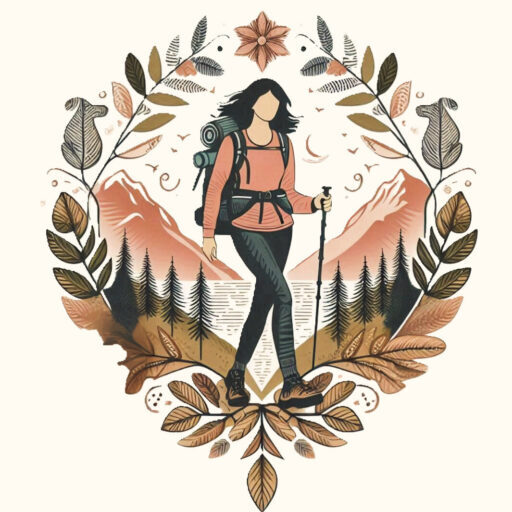Dealing With Blisters During Trekking
Blisters are those sneaky little party crashers that can turn your dream trek into a foot-pounding nightmare. Prevention, my friends, is where the magic happens, and it all starts with what you wear on your feet.
Let’s talk socks. Not just any socks, mind you, but the kind that work hard to wick away moisture. Merino wool is the unsung hero here, keeping things dry and cool underfoot. Trust me, investing in quality socks can make all the difference between a breeze and a blister.
Feeling fancy? Liner socks might be your new best friend. They’re like a secret weapon against friction when worn under your regular hiking socks. Less friction, fewer blisters. Simple equation, right?
And hey, bond with your boots before the big hike. Breaking them in on smaller journeys is key. You wouldn’t take a stranger on an adventure and expect them to keep up, so why should your boots? Give them a chance to mold to your feet.
Now let’s chat about moisture control. Dry feet are happy feet, so carry spare socks and swap ’em out if they get drenched. A quick sprinkle of foot powder or a swipe of anti-chafing balm can keep blisters at bay and your spirits high.
Don’t wait for a blister to show its ugly face. If you’ve got a spot that’s heating up, pop on some moleskin, KT tape, or Leukotape before things go sideways. It’s like putting up a ‘No Vacancy’ sign for blisters.
Trailside Blister Management: Swift Solutions for Ongoing Comfort
So, you’ve felt it – that telltale warmth underfoot that’s got you thinking, ‘uh-oh’. Well, don’t panic. Catch it early, and you’ll stay ahead of the game. Just give your feet a quick check. Address those hot spots pronto before they turn into bigger, painful issues.
When a blister’s starting to form, the goal is to reduce friction. Gotta act fast – pop some moleskin, a blister bandage, or even duct tape over it. This gives you a smoother ride. And if it’s already open, keep it clean and covered with a sterile bandage to block out dirt.
Alright, extreme cases call for a little DIY surgery. If your blister’s gigantic or super painful, you might need to drain it. Use a sterilized needle, make a tiny side opening, let it breathe, and then douse it in antibiotic ointment. Cover it tight with a bandage to dodge infection.
Keep your hike as comfy as possible by adjusting shoelaces. Sometimes just changing how you lace your boots can relieve pressure and make the journey way more bearable. Adapting as you go is key.
So, there you have it – strategies that keep you moving without wincing every step of the way. With the right tools and techniques, even a blister can’t mess with your trekking vibe.

DroGodina
-Short and sweet was the story this time.
I’m not exactly sure how I feel about the DIY surgery as you suggested; maybe have at least one other person supervise or even help if the blister'(s) getting that bad, altogether.
-All other things aside, I’m on board with wearing the right boots, socks, shoelaces, and bringing all other essentials with you on the trip.
-Thanks,
ALEJANDRO G.